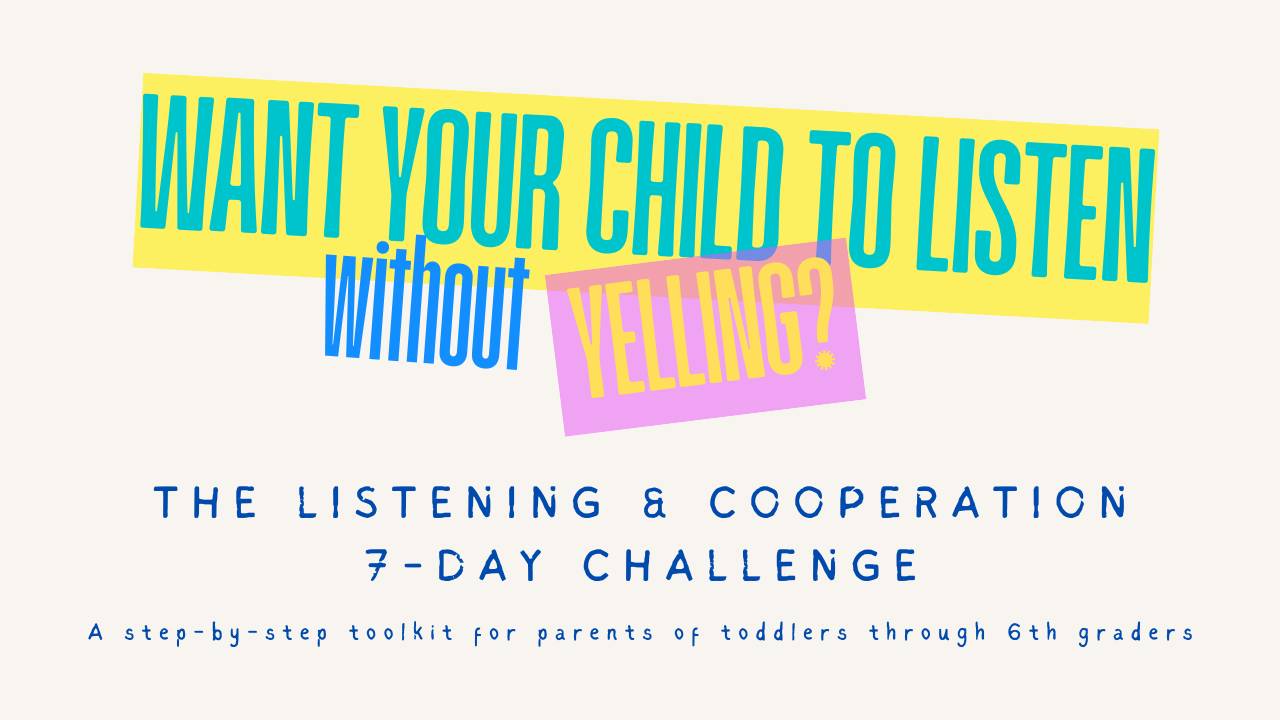Shaping Success: A Guide to Teaching New Behaviors to Young Children
Feb 27, 2024
Teaching new behaviors to young children involves a strategic and supportive approach known as shaping. In this blog post, we will explore the concept of shaping, detailing the steps that parents and teachers can take to guide children toward the mastery of behaviors they have never done before.
The What and Why of Shaping:
Shaping involves breaking down a desired behavior into smaller, more manageable steps. Each step is reinforced along the way, gradually moving the child toward the overall goal. This technique is particularly valuable when teaching entirely new behaviors, providing a framework for success and building a foundation for future learning.
Step 1: Define the Desired Behavior
Clearly identify the behavior you want to teach. Whether it's a new skill, habit, or routine, defining the behavior helps in breaking it down into achievable components.
Step 2: Break Down into Small Steps
Divide the overall behavior into smaller, more manageable steps. These steps should be sequential and achievable for the child. Consider the child's current abilities and gradually increase the complexity of the tasks.
Step 3: Identify the Starting Point
Determine the child's current level of capability related to the desired behavior. This starting point becomes the foundation for shaping. Acknowledge any existing elements of the behavior and build upon them.
Step 4: Reinforce Each Small Step
As the child attempts each small step, provide positive reinforcement. Praise, encouragement, or small rewards can be used to reinforce their efforts and progress. The key is to focus on reinforcing approximations of the desired behavior.
Step 5: Gradual Adjustments
As the child becomes proficient in each step, make gradual adjustments to increase the complexity or accuracy required for reinforcement. This process encourages continuous improvement while maintaining a positive learning environment.
Step 6: Be Patient and Flexible
Shaping requires patience. Be flexible and adjust your expectations based on the child's progress. Celebrate small successes and be mindful of the child's individual pace of learning.
Step 7: Reinforce the Final Behavior
Once the child has successfully demonstrated the entire behavior, reinforce it with enthusiasm and positivity. Celebrate the achievement, emphasizing the connection between their efforts and the final outcome.
Step 8: Generalize the Behavior
Encourage the child to apply the newly acquired behavior in different situations. Generalization ensures that the skill becomes a functional part of their repertoire, allowing for real-world application.
Shaping is a powerful tool for parents and teachers seeking to teach entirely new behaviors to young children. By breaking down complex skills into manageable steps and reinforcing each approximation, shaping provides a positive and supportive pathway to success. Embrace the journey of learning, celebrate progress, and watch as your child flourishes with the acquisition of new and valuable behaviors.
UNLOCK YOUR FREE TOOLKIT NOW: ENHANCE YOUR CHILD'S PLAY & LANGUAGE SKILLS TODAY!
Simply enter your email address to get instant access.


